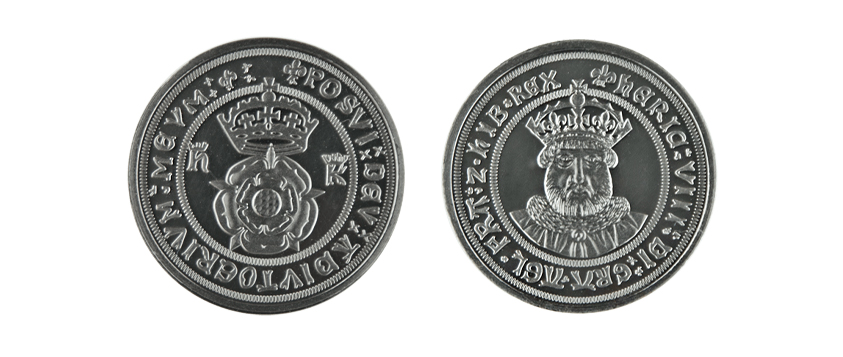Silver coins are some of the most popular items for sellers to post off to Cash for Your Gold, but you need to know what you’re sitting on before considering selling silver coins. Not all of them were minted the same, and as you will discover, this can have a substantial impact on purity and overall value.
Pure history
If you want to know how far back silver coinage in the UK goes, you have to open history books and look to the Middle Ages. In those days, silver coins were often minted using the highest purity of the metal available, but this had its drawbacks. Pure silver is easily damaged and suffers from wear and tear, meaning mints had to start reducing purity gradually to make coins more durable in the long term. As a result, for much of English history, you would expect high-purity silver coins to consist of 92.5 per cent silver and the remainder would be made up in copper.
This gave such coins 925 purity status, highly respectable, yielding prices at the higher end of the range. For centuries, legal tender was struck in this way, with various kings and queens ruling with coins bearing their image, with this silvery coinage produced along the way. However, it was all change in 1920, when rising prices forced a fundamental rethink in how silver coinage was produced. From 1920, purity was reduced to 50 per cent silver, with manganese and lower traces of other metals, to keep coins strong but somewhat silver-based.
By 1947, silver was removed from virtually all coinage, severing a link to the country’s past. Modern coinage which has that silvery appearance might give you the feeling that silver has made a return, but don’t let it fool you: modern coins are typically nickel-plated steel. While the pre-1920 vintage of silver coins are as close to pure silver as you can hope to get, standard modern silvery coins in your pocket are best left as spare change rather than something worth selling.
Selling silver coins
As mentioned, purity of silver coinage dropped off from 925 to 500 between the pre-1920 era up until 1947. As with all precious metals, the higher the purity, the higher the price your items are expected to attract. If you wish to sell modern silver coinage, it’s likely to stem from specialist mints rather than modern legal tender. For example, a single gram of 925 purity silver would attract a price of 44p, whereas a gram of 500 purity silver drops the price down to 24p.
While gold coins are of higher value individually, silver coinage is best when sold in bulk. If you have a good idea about the coin’s purity, it’s possible to get a near-instant free valuation from Cash for Your Gold, using our scrap calculator, which can be found on our homepage. It pays to keep an eye on silver prices first, just to make sure the price is right to ensure maximum returns when you do decide to make that sale with us. Our Live Silver chart keeps you posted about the twists and turns in the silver market.
It can be tricky to assess the precise worth of coinage without an expert’s eye to take a look, which is why Cash for Your Gold is always happy to help. If you wish to make a sale or learn more about your coinage, give us a call on 01902 623 253.

